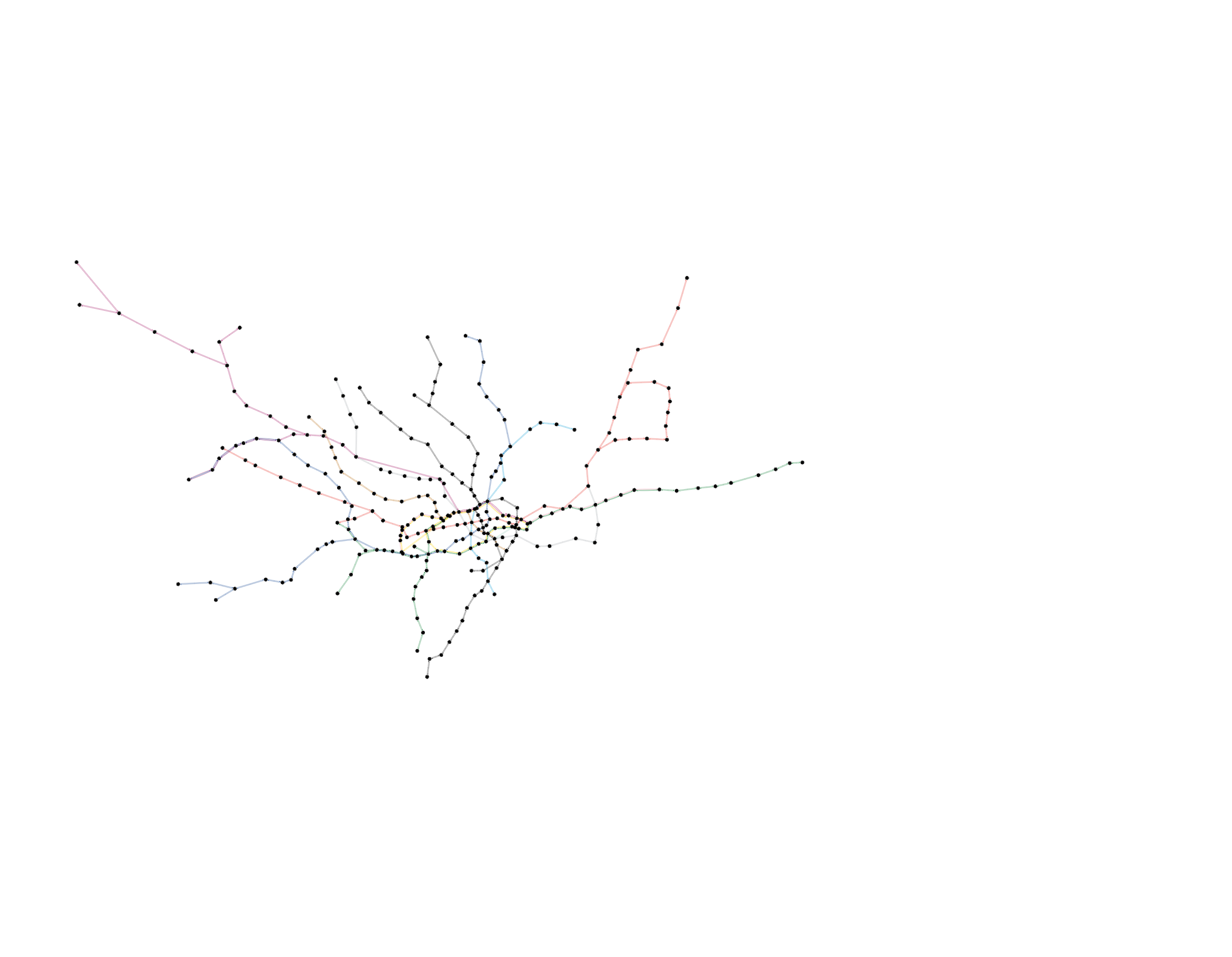Exploring London tube as a graph

When I set out to do this, I had two main goals
- Learn more about practical applications of graph databases
- Improve my understanding of what it is like to work with graph databases from the perspective of a developer
I’ll need a data source to build the graph from. I picked the London Tube Network to use as it as the people who run it, Transport For London - TFL , have a well documented API that provides a wealth of information. And it’s free for basic use. Also, looking at a map of the Tube, it’s looks like a graph.
As to the developer experience side I’ll be using Python as I’ve played around with it for some time. I’m now comfortable with using it , still got lots to learn though.
Finally the graph database. I’m extremely fortunate to work as a Product Manager at Neo4j , who it could be argued, invented graph databases. I’ll use that.
Receipe
Neo4j Desktop Edition
- Why Desktop ? I work on this activity when able and frequently this is happens on a train whilst heading to / from Neo4j London office. Connectivity on a train is not great and suffers from frequent drop outs. The Desktop edition makes it easy to move this to our Neo4j AuraDB cloud SaaS offering in the future.
Python 3
- I have a reasonable understanding. I would have attempted this in Rust for the hell of it but I’m at a very early stage with that language
TFL API
- https://api.tfl.gov.uk/
- There’s a free tier thats rate limited but will work for what I need.
Postman
- https://www.postman.com/home
- Great tool for working with APIs. If it’s not for you, try Insomnia https://insomnia.rest/
To begin, figure out TFL APIs
I used postman extensively for this as it made examining the response payloads much more straightforward.
There’s a number of TFL endpoints that look like they return what is needed e.g you can get all of the lines from https://api.tfl.gov.uk/line/mode/tube/status and then call https://api.tfl.gov.uk/line/line_id/stoppoints for each line.
In general, the TFL API returns a lot of information - and I mean a lot - most of which is not needed for our purposes. There are a number of endpoints that look like they return what is needed; you can get all of the lines from [https://api.tfl.gov.uk/line/mode/tube/status] and then call [https://api.tfl.gov.uk/line/{line id}/stoppoints] for each line.
This gets us all of the stations on a line but they are not in sequence :(
All is not lost as we can use other endpoints.
-
We get a list of tube lines from https://api.tfl.gov.uk/line/mode/tube/status
-
Then, for each line we can call https://api.tfl.gov.uk/{line id}/Route/Sequence/line_direction . This returns a JSON document in which we find a list of stations, in sequence, in [“orderedLineRoutes”] for each route.
Watch out for lines that can contain more than one route; we’ll need to take that into account.
In the next update, we’ll go write some code.